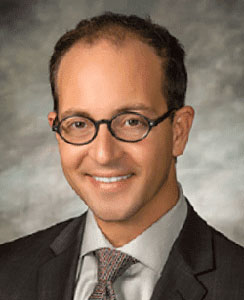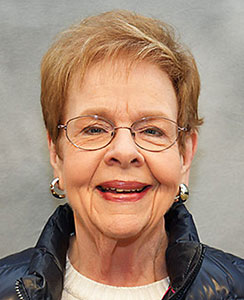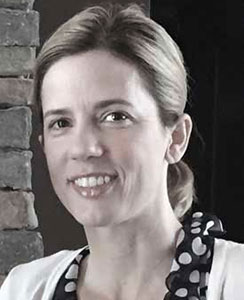Matthew Younger, LNHA, MHA, Co-Lead, Enhanced Leadership Development Academy
Shirley J. Farrah, PhD, RN-BC, Project Director, Enhanced Leadership Development Academy
Alexis Roam, MSN, RN-BC, QCP, Lead Faculty, Enhanced Leadership Development Academy

Matthew Younger
The world of long-term care is constantly evolving. Yet, recently, we have experienced these evolutionary changes at an increasing rate. Some examples include new regulations promoting higher standards of care, new payment methodologies to reduce costs and incentivize quality outcomes, demographic shifts that have altered our workforce, as well as changes in our own business models to cope with these economic realities. These shifts have occurred in a relatively short span of time, with limited advance notice and more should be anticipated. As a result, maintaining a stable set of operational circumstances, or status quo, in which our organizations can function predictably, is increasingly difficult. Many of the lessons of our past have become unreliable guides to the challenges of the future of long-term care. Perhaps nowhere in our organizations is the awareness of this reality more acute than among our leadership – particularly Administrators and Directors of Nursing, roles for which the ability to articulate a vision of the future and chart a course for the organization is critically important. Still, a leader with a robust macro-level understanding of the sector, even if he or she is able to manage organizational change functionally, is unlikely to be followed by a staff simply because of his or her technical competence. In uncertain times, employees seek the reassurance of confident, engaging leadership. Unfortunately, many long-term care leaders have not been adequately prepared to govern complex organizations in the circumstances we face today. Some lack formal leadership education entirely. Others have experienced dated, hierarchical management trainings that regard nursing homes as factories – an analogy no longer reflective of the roles and functions that Skilled Nursing Facilities are required to play. Few are equipped to inspire and lead their organizations to operate at the highest levels of performance, which is necessary, given the realities of competition for census and employees, as well as consumer expectations for quality.

Shirley Farrah
Nursing homes operating successfully in the market of today are functioning as complex adaptive systems. This organizational model has been studied in depth for the last two decades to understand exactly how organizations with a diversity of specialized employees work together to produce quality outcomes; how this differs from employee behavior in industries such as manufacturing; and how these unique systems are best led and managed. The principles of Complexity Science have become the scaffolding upon which the best leadership education programs for healthcare are being designed today. Organizational structures, supply chains, resource allocation, communication processes, health outcomes and similar topics are brought together and studied in the context of health systems and nursing theory. Administrators and managers are taught ways in which the organizational environment can be tended or altered to make it more or less likely that quality outcomes will ultimately emerge from autonomous, self-organized teams. Importantly, this body of knowledge supports the development of work environments in which person-centered care can flourish, as interpersonal relationships are the core of complex adaptive systems.

Alexis Roam
When leadership education follows this model, organizational outcomes improve. One such leadership program at the University of Missouri, designed exclusively for long-term care leaders, has reported statistically significant increases in the frequency of effective leadership behaviors among these participants over the last twelve years. Perhaps as a result, these participants also report levels of confidence in their ability to lead their nursing homes. This has given rise to wider benefits: improved clinical outcomes among residents, increased teamwork, better communication among employees and perhaps most significantly, retention rates of Administrators and Directors of Nursing that surpass state and national averages. When you consider the cost of leader turnover, the return on investment for programs such as this becomes substantial. A recent MIT Sloan report finds that the cost of employee turnover is up to 150% of an individual’s total remuneration package. Based on figures from a typical three-year period and using an average turnover cost of $53,000, a nursing home could pay eight to seventeen times more than the tuition of this particular program ($1,000) to replace just one registered nurse. (The Missouri Department of Health and Senior Services pays the entire tuition for any RN or administrator employed in a Missouri Skilled Nursing Facility.)
We know that external forces will continue to shape the long-term care sector and the larger world in which we operate, but in the course of the last decade, it has become clear that an education rooted in the fundamentals of Complexity Science and the promotion of person-centered care positions leaders of nursing homes to effectively lead through these changes. Consequently, the quality of care and quality of life of the residents we serve continues to improve, and the employees whose work fulfills our mission remain engaged and employed longer than their peers in other nursing homes.
Click here to learn more about the Enhanced Leadership Development Academy (ELDA)


